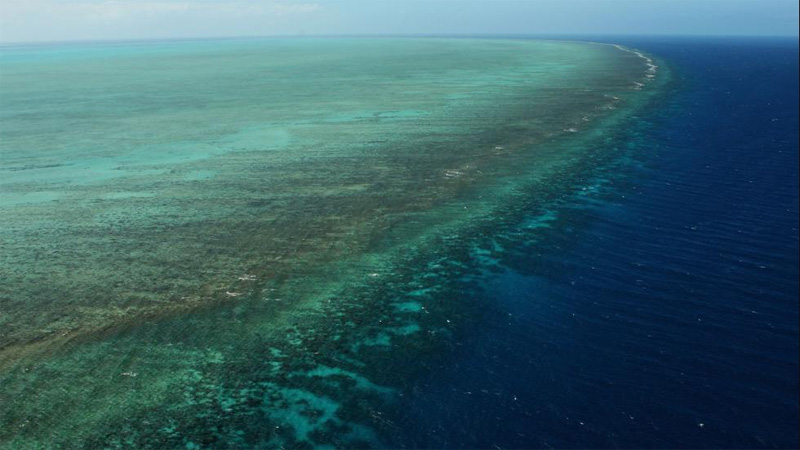GQ Australia story: ‘Does Australia Care About Saving The Great Barrier Reef?’, January 2016
A story for GQ Australia, published in January 2016. Excerpt below.
Does Australia Care About Saving The Great Barrier Reef?
Australia’s most valuable tourist asset grows weaker each year. What’s being done to save the Great Barrier Reef?
“Daddy, is the reef dying?”
Hearing those five words from the mouth of his five year-old son was enough to bring Professor Justin Marshall to tears. Silver-haired, bespectacled and the owner of tanned skin that exhibits his enthusiasm for the outdoors, the 54 year-old is a neuroscientist who specialises in animal vision.
The son of two marine biologists, Marshall knows the Great Barrier Reef better than most, which is why he had to tell his own son the truth when he was asked this question seven years ago.
“Yes, Ben, it is,” he replied, eyes welling.
“Why?” asked Ben, mystified.
Seeing no point in sugar-coating his answer, Marshall said, “It’s dying because we’ve been poor guardians of it, and we keep doing the wrong thing.”
A slightly more detailed way of putting it is that rising global sea temperatures are killing the billions of individual corals that comprise the reef. The chief cause? Man-made global warming.
Or to get a little more technical: it’s dying because of a process called ‘coral bleaching’, in conjunction with complicating factors such as pollution runoff from Queensland’s farmlands, shipping channel activity linked to the state’s coal mining exports, and the proliferation of a tough, hardy critter named the crown of thorns starfish, which eats stony coral polyps and thrives in warmer water climates – such as those linked to the carbon emissions of human industry.
None of these complicating factors is making the Great Barrier Reef healthier, by any stretch of the imagination, which means that Marshall’s son, now 12 years old, will bear witness to the continual decline of Australia’s greatest natural tourist attraction during his lifetime.
In 2001, Marshall co-founded a non-profit citizen science project at the University of Queensland named CoralWatch. This program allows visitors to the reef to use the colour of coral as an indicator of its health, and report their findings.
Equipped with a waterproof chart developed by Marshall and his colleagues, divers and snorkelers can inspect the creatures – which, together, form the planet’s biggest single structure made by living organisms – up close, in order to provide meaningful data on the extent of bleaching.
In turn, this information is fed back to researchers at the University of Queensland and elsewhere, for the program is used to gather reef data not just in Australia, but in 70 countries.
Like all citizen science projects, from bird-watching to mapping freshwater turtle activity, CoralWatch is founded on a simple principle of inclusivity. Its ethos is based on a memorable concept: tell me and I forget, teach me and I may remember, involve me and I will learn.
By handing the average punter a simple mechanism to evaluate coral health while diving, then allowing them to upload their findings to a centralised server via website orsmartphone app, the effect is one of empowerment. Rather than the Great Barrier Reef being a faraway, abstract notion that occasionally flashes across our screens before disappearing again, for those involved with CoralWatch, it becomes a three-dimensional, concrete concept.
Importantly, it becomes something they’ll discuss passionately with those closest to them.
To read the full story, visit GQ Australia.
